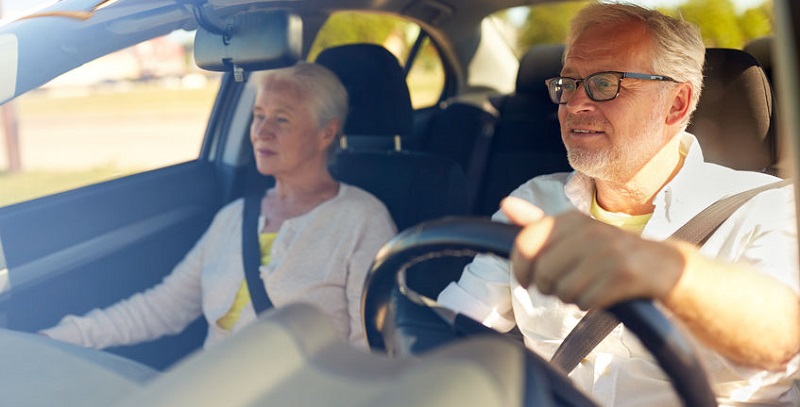According to the Insurance Institute for Highway Safety, in 2016, nearly 5,000 people age 70 and older were killed in auto accidents, which reflected a five percent increase from 2015.
American humorist and writer Mark Twain once stated, “Age is an issue of mind over matter. If you don’t mind, it doesn’t matter.” A 2017 report on Americans notes that the United States has nearly 50 million Americans who are 65 and older. That number is expected to increase dramatically over the next several decades; by 2060, 98.2 million Americans are expected to be age 65 and older.
While it’s encouraging that seniors today are doing more and living longer, there is no getting around one serious issue that has a profound impact on seniors: driving safely. Sadly, for far too many seniors, driving becomes less safe as they age, and recent statistics show that auto accidents are killing nearly two-dozen seniors every day.
Minor Car Accidents Take a Greater Toll
All across the U.S., states are seeing a rise in the elderly population as Baby Boomers, those born between 1946 and 1964, age. Even Colorado, which currently has the third-youngest population living within its borders, is seeing dramatic growth in its senior population. What all this means is that more and more seniors are driving, but sadly, for too many of them, it’s become deadly.
According to the Insurance Institute for Highway Safety, in 2016, nearly 5,000 people age 70 and older were killed in auto accidents, which reflected a five percent increase from 2015.
Senior drivers are more likely to be seriously injured or killed in an accident, even a rather minor one, than a younger driver, because a lot of seniors have medical conditions that can contribute to serious complications after an injury.
Older drivers are known to be safety-conscious, with high rates of seat belt use and low likelihood of drunk driving. At the same time, however, there is an issue of impaired driving when it comes to prescription medications. Some older drivers are just not aware of how some medications can interfere with driving safely; for some, the only way to keep them safe is to take the car keys away and provide some other form of transportation.
For other seniors, driving at an older age has become easier, if not safer, and it all has to do with the vehicles that are now available and the multitude of safety features that can assist them.
The Best Cars at Different Ages
If you are an aging driver, a question that you may want to ask yourself is, “Am I driving the best car at my age?” It’s just a fact of life: We all age, and when we do, our bodies change. Eyesight changes, hearing can decrease, reflexes slow, and joints tend to get stiff and weaken. All these factors play a role in safety when you are driving.
However, that doesn’t mean that seniors can’t drive, but that they must drive smarter. For many seniors that means investing in a newer vehicle with advanced technology that can assist with some safety issues. Recently, a national publication released its top cars for older drivers, and the list consists of vehicles that have some of the most advanced technology as well as other more simplified features including:
- Blind-spot warning that alerts the driver if another vehicle has entered one of the car’s blind spots
- Lane-departure warning that alerts a driver if the vehicle is starting to weave into another lane
- Rear-view cameras are now extremely common in a lot of models, and this can help those drivers who may be limited by back and neck problems
Technology is not the only thing that can help a senior driver. Some of the new designs make it easier to get in and out of a vehicle with larger front-seat access, and there are also some models that have larger windows, which makes visibility around the car easier on the driver.
All these new features and designs are great news for anyone who is aging and still capable of driving safely. In a lot of cases, getting older doesn’t mean giving up your independence, but it may mean finding the right vehicle to keep you and your passengers as safe as possible.

